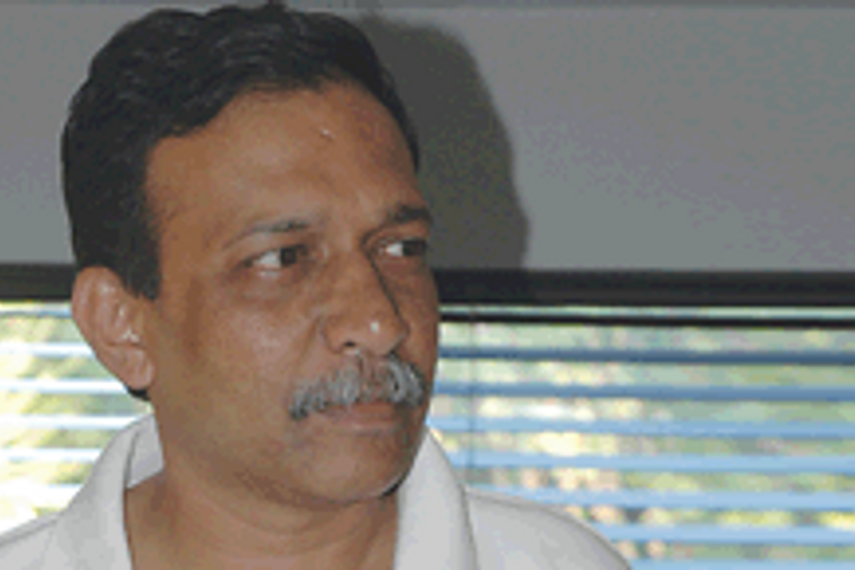
Please sign in or register
Existing users sign in here
Having trouble signing in?
Contact Customer Support at
[email protected]
or call+91 22 69489600
I’m getting more than a little tired of ‘predictions’ on advertising and media for the year ahead of us.What is apparent is that no one can be certain, yet ‘predictions’ keep pouring in.It’s bad enough reading completely conflicting opinions by ‘experts’ on the same day on what 2009 has in store. What really irks is the gall of some to make predictions for the next five years when we have no clue on what the next quarter holds for us.Yet the ‘predictions’ keep pouring in.

Contact Customer Support at
[email protected]
or call+91 22 69489600
Top news, insights and analysis every weekday
Sign up for Campaign Bulletins
Salt Media Entertainment has appointed British-Afghan filmmaker Najia Khaan to lead its documentaries and special films division under the RVCJ Group.
Johnson’s Baby unveils a refreshed campaign and upgraded range that blend science, sustainability, and emotional storytelling for today’s parents.
To mark its 14th anniversary, Excellent Publicity celebrated with a symbolic appointment and a renewed focus on its evolution into ad-tech.
Digitally Inspired Media has secured the integrated campaign mandate for Om System, marking a key milestone in the brand’s India rebranding journey.